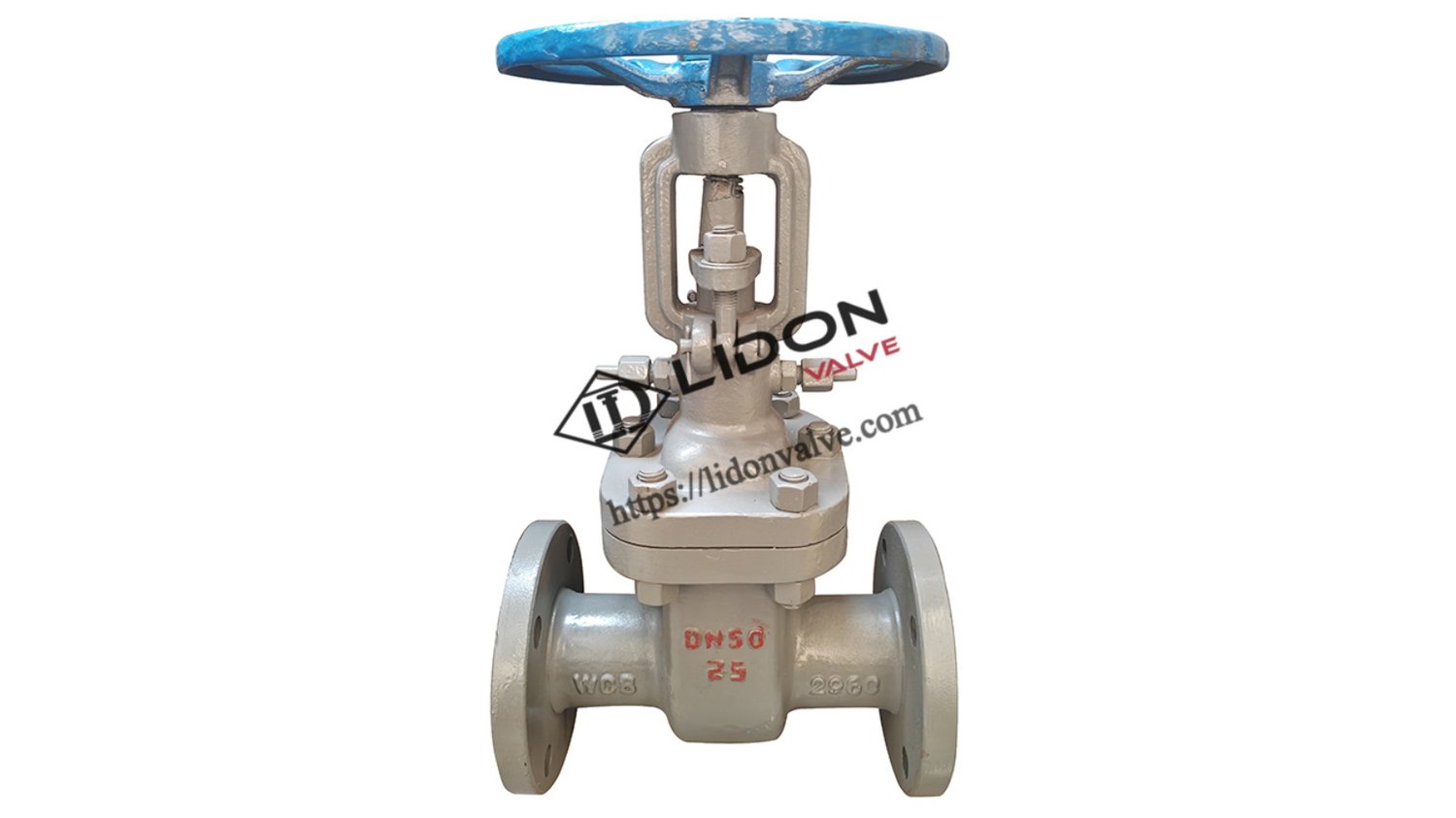Introduction: Understanding the Basics of gate valves
Gate valves are an essential component in various industries, including oil and gas, wastewater treatment, and manufacturing. These valves play a crucial role in controlling the flow of liquids or gases through pipelines. In this comprehensive guide, we will explore the different aspects of gate valves, including their design, operation, applications, and maintenance.
1. What is a Gate Valve?
A gate valve is a type of valve that uses a sliding gate or wedge mechanism to control the flow of fluid. It consists of a body, gate, stem, bonnet, and actuator. When the gate is fully lifted, it allows unrestricted flow, and when it is fully closed, it stops the flow completely.
2. The Different Types of Gate Valves
There are several types of gate valves available, each designed for specific applications. These include:
- Parallel Gate Valve: This type of gate valve has two parallel gates that move up and down simultaneously, providing a tight seal.
- Wedge Gate Valve: The wedge gate valve has a single gate that moves between two inclined seats, ensuring a tight shutoff.
- Slab Gate Valve: Slab gate valves are suitable for high-pressure applications and have a single gate that moves vertically to control the flow.
3. How Does a Gate Valve Work?
The operation of a gate valve is relatively simple. When the handwheel or actuator is turned, the stem moves, raising or lowering the gate. In the fully open position, the gate is lifted entirely, allowing unrestricted flow. Conversely, when the gate is fully closed, it blocks the flow completely. Gate valves provide a bi-directional flow, meaning they can control the flow in both directions.
4. Advantages of Gate Valves
Gate valves offer various advantages, making them a popular choice in many industries:
- Low Pressure Drop: Gate valves have minimal obstruction to the flow, resulting in low pressure drop.
- Excellent Sealing: The gate valves' design ensures a tight seal, preventing any leakage.
- Wide Range of Sizes and Materials: Gate valves are available in various sizes and materials, making them suitable for a wide range of applications.
- Bi-Directional Flow: Gate valves can control the flow in both directions, providing versatility.
5. Common Applications of Gate Valves
Gate valves find applications in numerous industries due to their ability to handle high pressures and provide a tight seal. Some common uses include:
- Oil and Gas Industry: Gate valves are widely used in the oil and gas industry for controlling the flow of crude oil, natural gas, and other fluids.
- Water Treatment Plants: Gate valves play a crucial role in regulating the flow of water in treatment plants and distribution systems.
- Manufacturing Industry: Gate valves are used in manufacturing plants to control the flow of various liquids and gases.
6. Maintenance of Gate Valves
To ensure optimal performance and longevity of gate valves, regular maintenance is essential. Some key maintenance tasks include:
- Lubrication: Regularly lubricating the stem and gate helps reduce friction and ensures smooth operation.
- Inspection: Periodically inspecting the valve for any signs of leakage, corrosion, or damage is crucial for early detection and prevention of issues.
- Testing: Conducting pressure and performance tests on gate valves can help identify any potential problems.
7. Common Issues and Troubleshooting
Despite their robust design, gate valves may encounter certain issues over time. Some common problems include:
- Leakage: Improper sealing or wear and tear can lead to leakage. Replacing the sealing components or lubricating the valve may resolve the issue.
- Stuck Valve: Gate valves can become stuck due to debris or corrosion. Cleaning the valve and applying lubrication can help free up the stuck parts.
- Difficulty in Operation: If the valve becomes hard to operate, it may require cleaning, lubrication, or adjustment.
8. Safety Considerations
When working with gate valves, it is important to follow safety guidelines to prevent accidents or injuries:
- Proper Training: Only trained personnel should operate or carry out maintenance on gate valves.
- Lockout/Tagout: Before performing any maintenance, ensure the valve is properly isolated and locked out to prevent accidental opening.
- Pressure Release: Before working on a gate valve, release any pressure in the pipeline to avoid sudden release of fluids.
9. Choosing the Right Gate Valve
When selecting a gate valve for your specific application, consider the following factors:
- Fluid Compatibility: Ensure the valve materials are compatible with the fluid or gas it will be handling.
- Pressure and Temperature Ratings: Select a gate valve that can handle the operating pressure and temperature of your system.
- Size and Connection: Choose the appropriate valve size and connection type to fit your pipeline system.
10. Conclusion
Gate valves are vital components in many industries, providing efficient control of fluid or gas flow. Understanding their design, operation, maintenance, and applications is crucial for ensuring their optimal performance. By following proper maintenance practices and considering the necessary factors when selecting a gate valve, you can enhance the efficiency and reliability of your systems.

